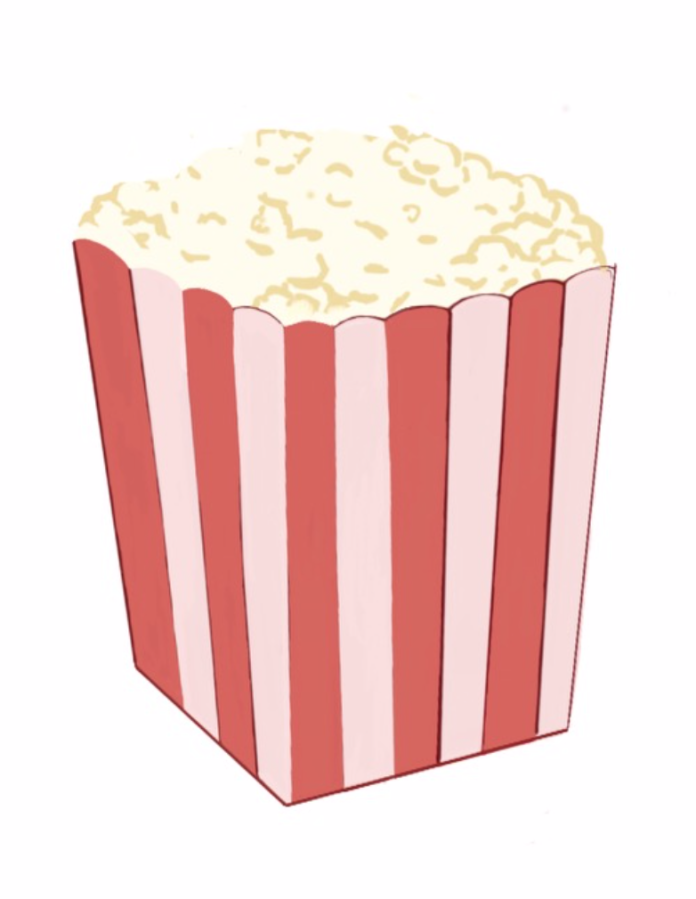This summer, Disney dove back inside the brain to create a sequel to its 2015 animated film “Inside Out.” The original followed Joy, Sadness, Anger, Disgust and Fear, a star-studded voice cast of anthropomorphized emotions led by Amy Poehler as they managed the memories, core identities and of course, emotions of a young girl’s head.
With the original movie being a beloved tearjerker from my childhood, I was excited to tune into the sequel, simply titled “Inside Out 2.” The film picks up two years after the events of the original, with the protagonist Riley, voiced by Kensington Tallman, now 13 years old and preparing for high school. The Kelsey Mann-directed sequel promised Riley experiencing many of the struggles I personally remembered from my own early teens: braces, social awkwardness and, most interestingly, anxiety. I was intrigued to see how the complex emotion with which I am (unfortunately) all too familiar would be portrayed, especially in a film primarily for kids.
The movie begins with Riley preparing for a weekend hockey camp she hopes will set her up for success on her high school team. Suddenly, though, the little emotions in her head are hit with an unexpected overnight renovation: puberty.
New emotions show up to join the original five, the most significant being Anxiety, voiced by Maya Hawke. Blinded by her goal of getting Riley a spot on the hockey team, Anxiety ejects the original emotions and Riley’s growing “sense of self” from the emotions’ headquarters, taking control of Riley’s consciousness.
The middle of the film sees Riley in many relatable scenarios for an anxiety-ridden teen. She plays along when high school girls deem her favorite boy band immature: exactly the type of compulsive lie we’ve all told in order to fit in. Anxiety also forces Riley to wake up early and run exercise drills, which couldn’t help but bring to mind all the obsessive things I’ve done out of an anxiety-fueled desperation to succeed. One scene even shows an office in Riley’s brain run by Anxiety, dedicated to drawing up the worst possible outcomes for different scenarios.
Overall, Riley’s actions as a result of anxiety felt like an honest representation, leaving the audience cringing at, and simultaneously resonating with her misguided endeavors.
All the while, Anxiety’s actions are forming a new sense of self inside Riley, ruled by the thought, “I’m not good enough.” Hearing the young protagonist echoing those words, which anyone who battles anxiety hears all too often from their own inner critic, was a detail that simultaneously broke my heart and made me feel incredibly seen.
Things escalate as Anxiety encourages Riley to break into the hockey coach’s office and read her notes, which say that Riley is not ready to be on the team. Overtaken by Anxiety, Riley uses the final scrimmage at camp to attempt to prove her worth at all costs, playing aggressively and taking every shot she can.
Possibly the most poignant representation of anxiety comes when Riley accidentally hurts one of her friends during the match and is sent to the penalty box. Anxiety begins to spiral out of control, causing Riley to hyperventilate and creating an intense whirlwind around the control console in Riley’s mind. This visualization of a panic attack was a striking and truthful image that has really stuck with me, and it certainly goes above and beyond the depth of mental health awareness I ever expected in a children’s movie.
Naturally, however, this success is followed by the film’s biggest failure: an ending that wraps everything up in a bow all too easily, almost completely undermining the commendable representation from the previous 80 minutes. When the old emotions eventually return to the emotions’ headquarters, ending Anxiety’s total reign, Riley forms a new sense of self that embraces both her positive traits and her flaws. And what happens when Anxiety gets fired up and wants to take control of the console? Well, Joy simply sits her down in a corner and offers her a calming cup of tea, of course!
While I understand such happy endings come with the territory of a children’s movie, this one left a bad taste in my mouth. Everyone deals with the emotion of anxiety at some point in their life, and maybe for some, managing it is as easy as a deep breath and a warm beverage. But for someone who had previously felt distinctly seen by the film’s portrayal of anxiety symptoms, it’s hard not to come away with the message that, if your problem is more persistent than the apparent one weekend of Riley’s life spent struggling with anxiety, something is seriously wrong with you.
It’s probably highly unrealistic and selfish of me to expect a grim ending in a movie for kids just so it can be more eerily similar than it already is to my own adolescence. (I mean, Riley and I literally both used drink powder to dye red streaks in our hair. Did Mann have a hidden camera on me in middle school?) And besides a decisive final few minutes, “Inside Out 2” does deserve credit for solid mainstream mental health representation. But it also seems wrong to turn anxiety into a quirky cartoon character, not to mention a large part of your marketing, just to skirt around the fact that for many people, it’s more than just another emotion, and there is no quick and easy happy ending.

